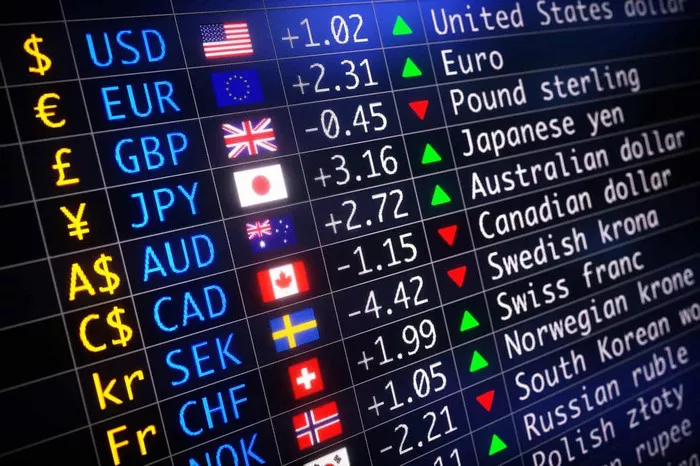As the 2024 U.S. presidential election nears its conclusion, currency traders are scrambling to hedge against potential price swings, driving up options volatility for key currencies such as the euro and Mexican peso to levels not seen since the 2016 election.
The euro and peso are seen as particularly sensitive to the outcome of the contest, which remains too close to call with Democratic Vice President Kamala Harris and Republican former President Donald Trump locked in a tight race. With both candidates neck-and-neck in the polls and the final result potentially taking days to materialize, traders are preparing for significant market movements.
Analysts expect Trump’s policies on immigration, tax cuts, and trade tariffs to put upward pressure on inflation, bond yields, and the U.S. dollar, while Harris is viewed as the candidate advocating for policy continuity. The uncertainty surrounding the election outcome has sent shockwaves through the currency markets.
Implied volatility for the euro, a key measure of traders’ expectations for short-term price swings, spiked to 26.4% overnight, the highest level since November 9, 2016, the day after Trump’s unexpected victory. Similarly, the overnight volatility for the Mexican peso surged above 87%, its highest since the 2016 election.
“Today’s election is as close as it gets, creating a level of uncertainty that’s keeping markets on edge,” said strategists at Monex Europe in a daily report. “With results not expected until the early hours of tomorrow morning, we anticipate a light trading day as market participants await clarity.”
Looking ahead, traders expect the volatility to persist in the weeks following the election. One-week implied volatility for the euro surged to 13.06%, the highest level since the Credit Suisse crisis in March 2023, while one-month volatility is near its highest point since the same period last year. The peso also saw a sharp spike in one-week volatility, reaching 44%, its highest level since the market turbulence during the COVID-19 crisis in March 2020.
The broader global currency landscape has also been affected. The Chinese yuan, a key currency for global trade, saw its one-week implied volatility rise to levels not seen since at least 2012, climbing to 14.45% from around 2.5% a week ago. Similarly, the Canadian dollar experienced its highest one-week options volatility since March 2023.
Analysts at ING noted the significant divergence between implied and realized volatility, particularly for the euro and Canadian dollar. They attributed this rise in uncertainty to concerns over Trump’s potential return to office and his policy stance, which could include not only tariffs on China but also broader protectionist measures targeting economies like the eurozone and Canada.
“Markets are clearly pricing in the possibility that a second Trump administration would enact universal tariffs, which would have a far-reaching impact on open economies such as those in the eurozone and Canada,” said Chris Turner, an ING strategist.
As election results continue to unfold, currency markets are bracing for more volatility, with traders closely watching how the outcome will shape U.S. economic policy and its global ripple effects.
Related topics:


